AInvest Newsletter
Daily stocks & crypto headlines, free to your inbox
Tesla CEO Elon Musk launched his Austin robotaxi service nearly a month ago, but the service has not scaled as expected. The service remains nowhere near safe enough to remove human safety monitors, as proven by a near accident. On the day Musk expanded the boundaries of his three-week-old autonomous ride-hailing service in Austin, a
tried to illegally run a railroad crossing just as a locomotive approached. The robotaxi did not see the train, and the safety observer had to stop the vehicle until the train had passed. Despite this incident, the host of the FSD Community Tracker, Elias Martinez, argues that Tesla’s software has come a long way over the past four years but is still not robust enough to support the 10,000 cars Musk claimed in May were possible in theory on day one.Martinez, one of the earliest Full Self-Driving beta testers, believes that the technology is nowhere near robust enough to support the 10,000 cars Musk claimed in May were possible in theory on day one. He argues that the issues prove Tesla should never have launched even with just 10 vehicles. Martinez points out that while the technology works most of the time, it is still seeing issues like FSD running red lights or driving on the wrong side of the road. He believes that with each car added, the greater the statistical chance of a collision. Any robotaxi service, including Waymo, needs to be virtually flawless in order to scale the service safely.
Martinez believes that Tesla has been more focused on meeting Musk’s June launch timetable than on perfecting the actual underlying technology. Since demand for Tesla's EVs dropped sharply in the first half of the year and his Cybertruck has proven to be a commercial flop, the CEO needs something to keep investors happy. Martinez argues that this feels like a distraction from the declining sales numbers, adding “Elon is gambling.”
When Tesla hosts its second-quarter earnings call, Musk will face a barrage of questions around the roadmap of his robotaxi pilot. Investors have a lot of money riding on FSD, and will want answers as to how soon 10 cars in Austin can grow to thousands across the country. Only then will they get a feeling for how long it will take Tesla to leapfrog Waymo, going from zero unsupervised miles currently to the 100 million just recorded by its archrival.
Musk staked the company’s fortune on the robotaxi service, which now must generate the profits needed to fund his Optimus robot program currently under development. Autonomous driving at its heart is a technology steeped in statistical eventualities. How many cars are operating at the same time and how many miles do they collectively log before the first accident occurs—thousands? Millions? More?
Flying may seem like a dangerous endeavor to some, but there is no form of mass transportation safer since 99.9999% of flights land without incident. Companies like Tesla and Waymo now need to demonstrate a similar level of reliability despite variables far exceeding a plane flying through a relatively less crowded sky. For that you need extensive, detailed data — the kind that Martinez collects with the help of the Tesla community. If you ask the company for answers, though, you’ll get none — just the opposite in fact. Instead of attempting to gain public trust through transparency, Musk’s company is currently pressing federal regulators to bury its robotaxi safety record, claiming the data must remain confidential for business reasons.
Martinez argues that this shouldn’t be proprietary. You’re driving on public roads so the data needs to be made available. The fact that they’re hiding data should tell you everything you need to know. If you really want trust, you have to have full transparency. Instead, Musk only releases a quarterly crash statistic for his FSD beta program, now called FSD Supervised: for the first three months of this year Teslas drove 7.44 million miles before an accident. While this is a sterling result compared to the 700,000 miles for the average American driver, these are not robotaxi miles—they rely on drivers intervening before a collision ensues.
Meanwhile, Tesla’s response seems to laugh it all off. On Monday, Musk thought it would be funny to expand the area covered by its three-week-old Austin robotaxi service to resemble a giant penis when seen on a map. The geographic expansion seemed more like a PR stunt more than anything else. The number of cars collecting fares has not appeared to change; Tesla continues to limit the number of people that can use the service; and human safety monitors still sit in the vehicle. On the prediction site, speculators have put the probability Tesla will have a fully functioning robotaxi service anywhere in the country at anytime during the rest of this year at just 42%, down from a high of 86% one month ago. Martinez says, “It shows they’re not ready to scale, and if they did try to prematurely scale, they’re going to run into problems. Then you’re putting people at risk. Yes, maybe it’s a lower risk compared to a drunk driver, but it’s still a risk.”
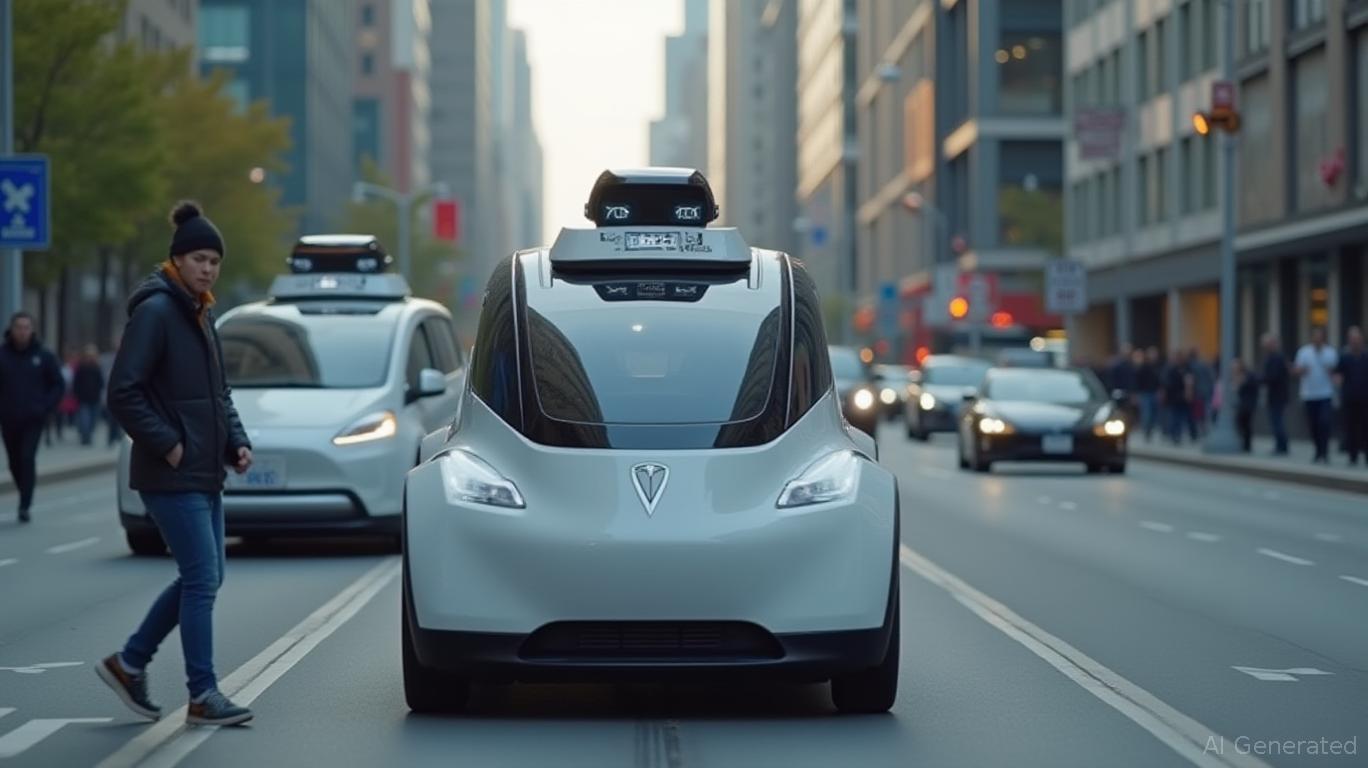
Quickly understand the history and background of various well-known coins
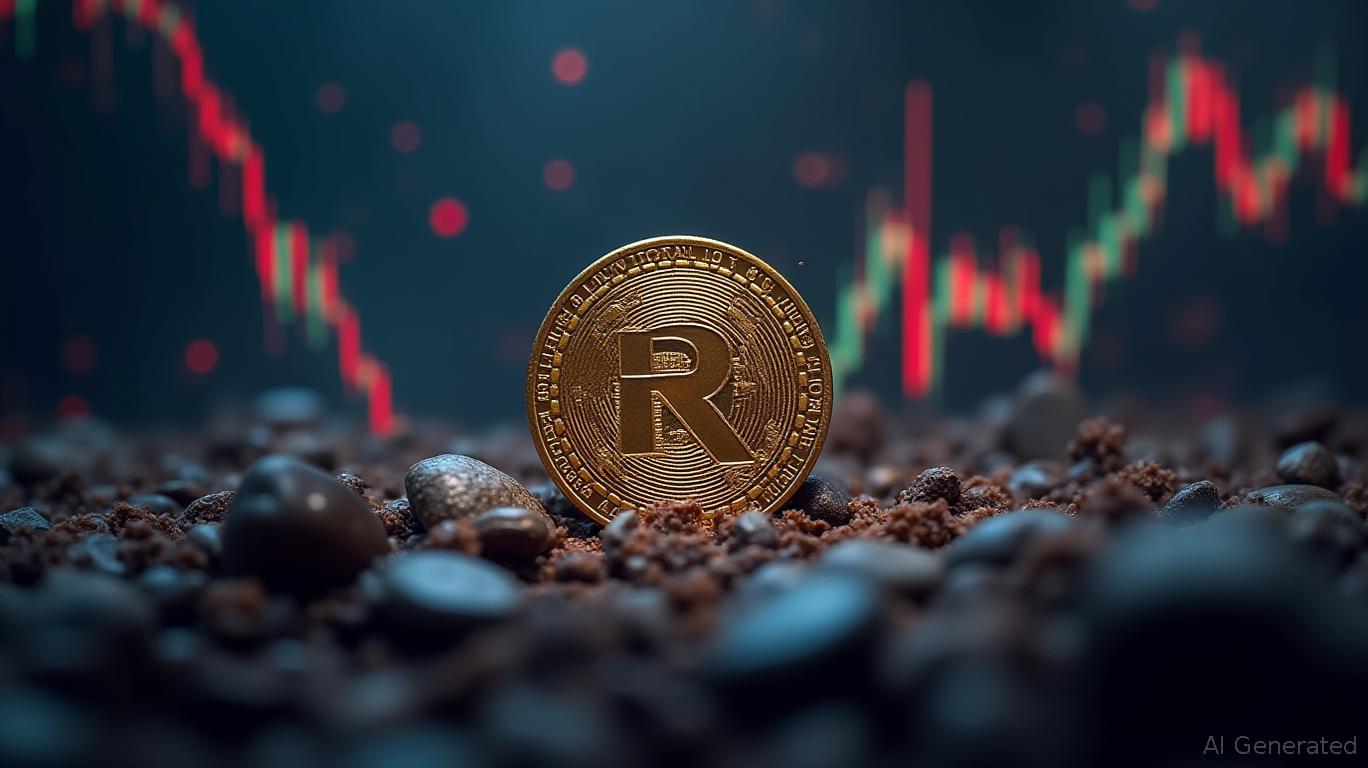
Oct.22 2025
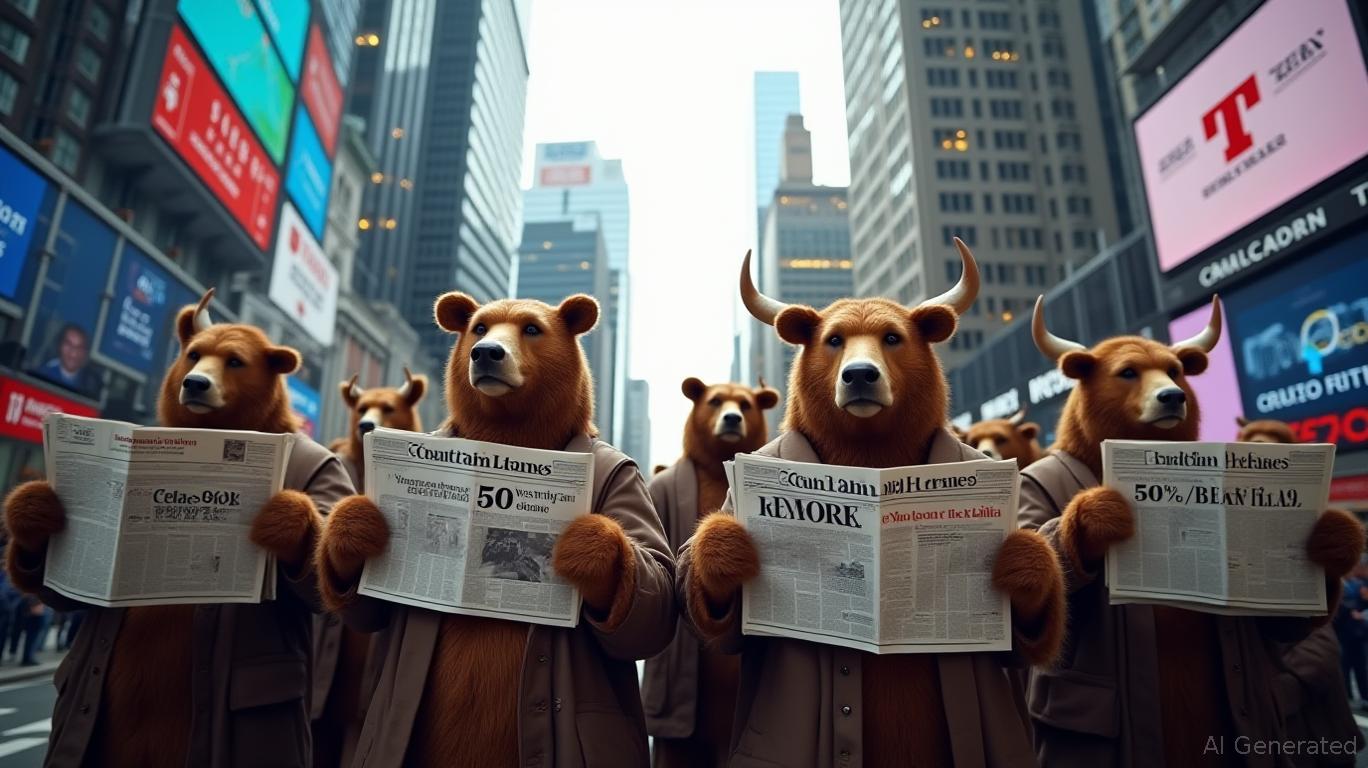
Oct.22 2025
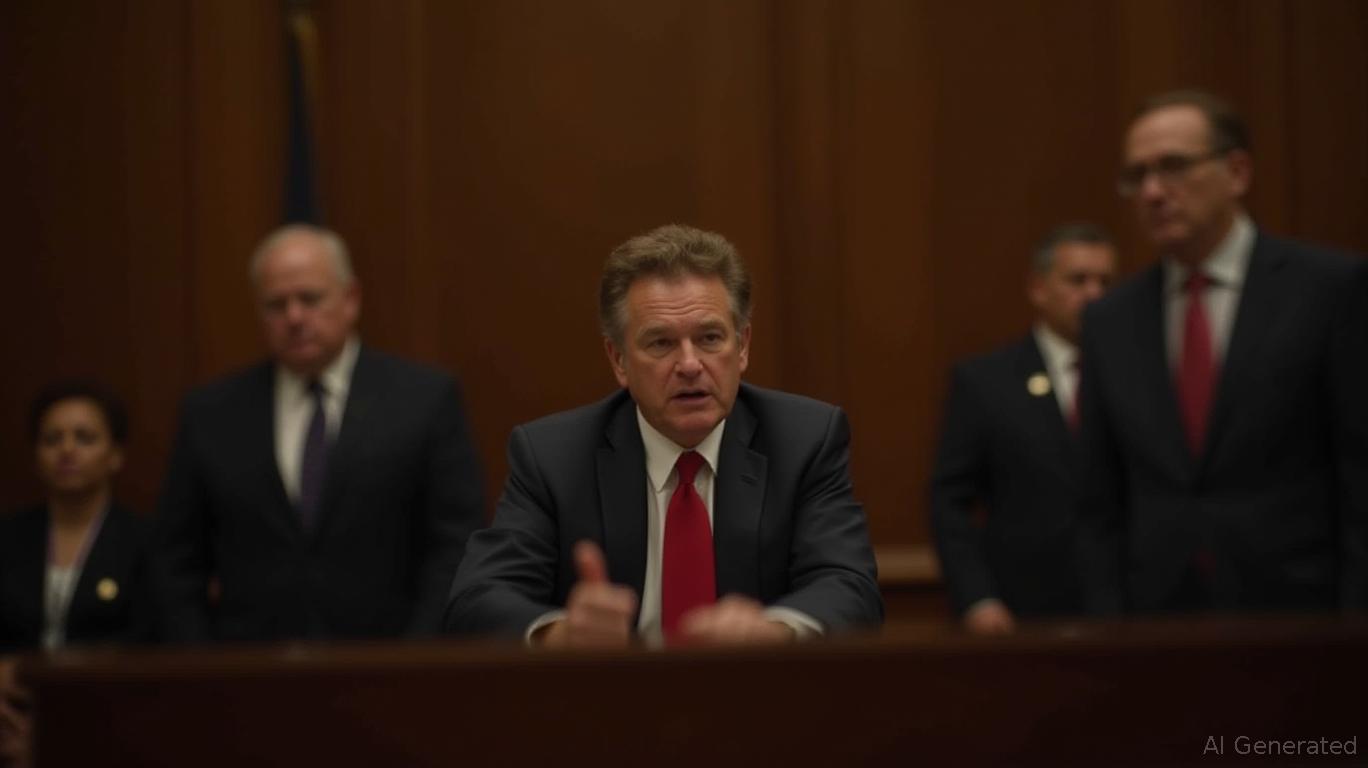
Oct.22 2025
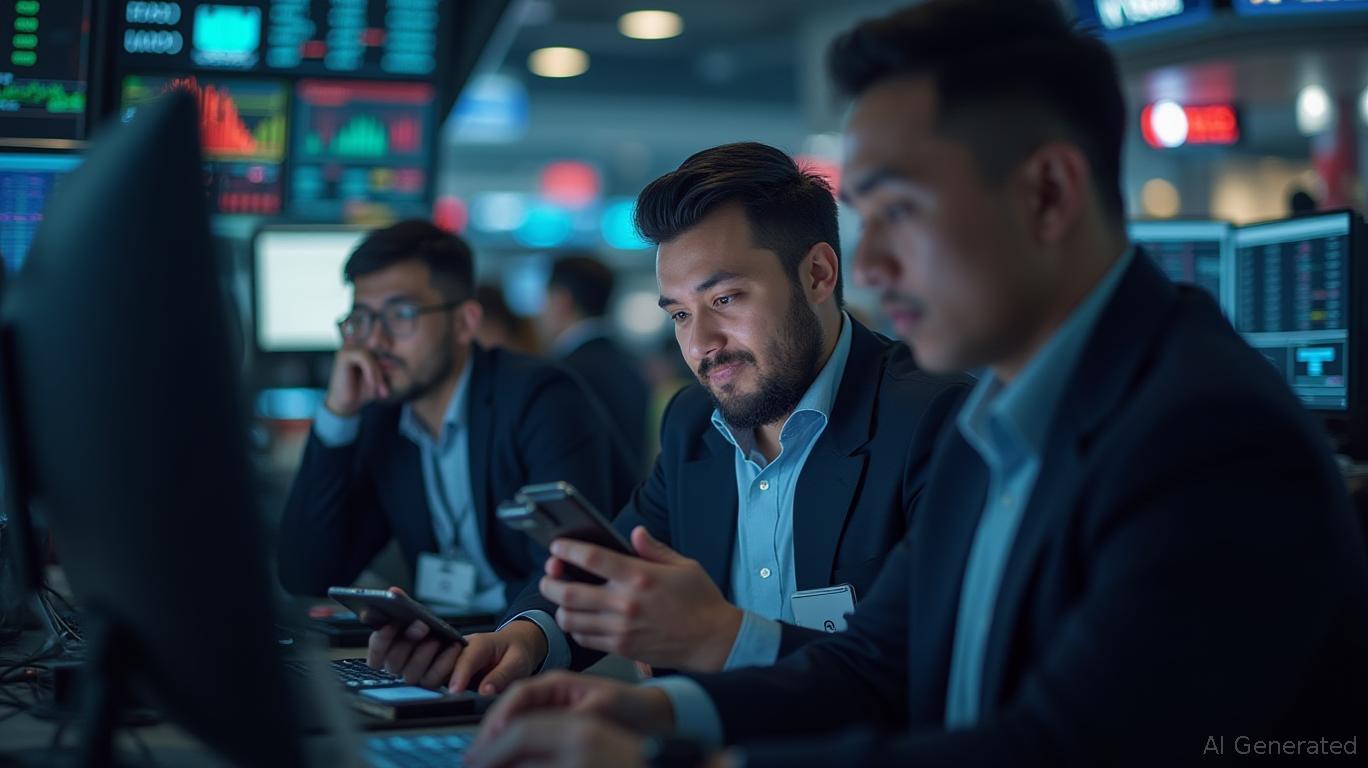
Oct.22 2025
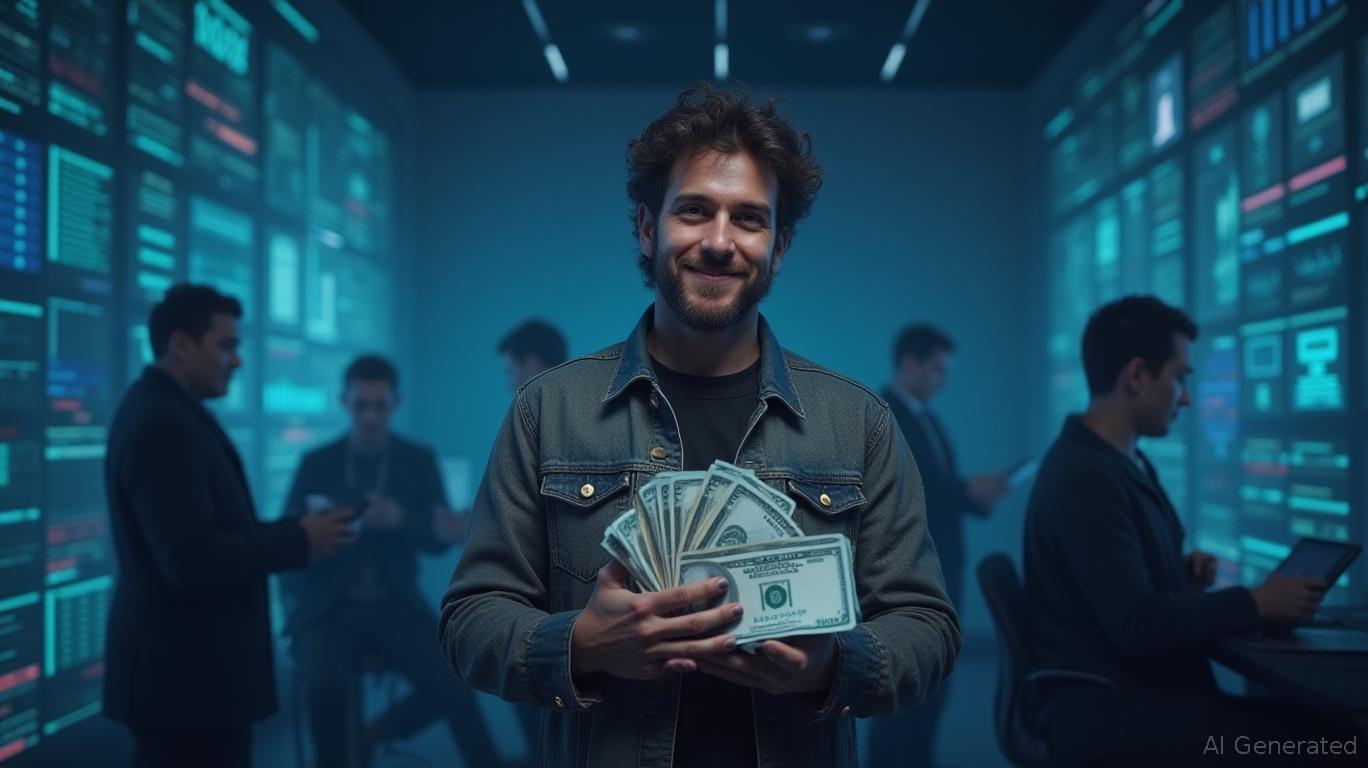
Oct.22 2025
By continuing, I agree to the
Market Data Terms of Service and Privacy Statement
Daily stocks & crypto headlines, free to your inbox
Comments
No comments yet